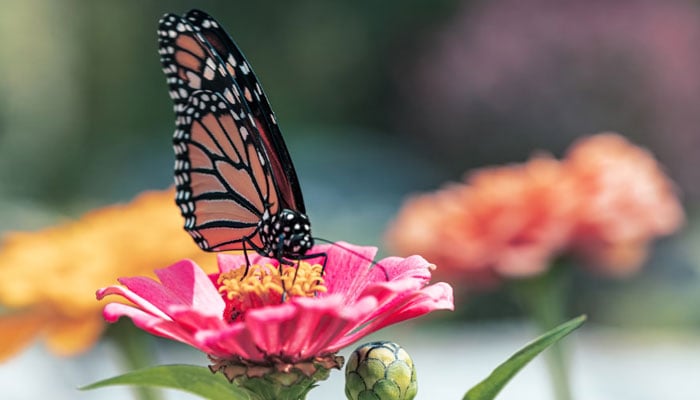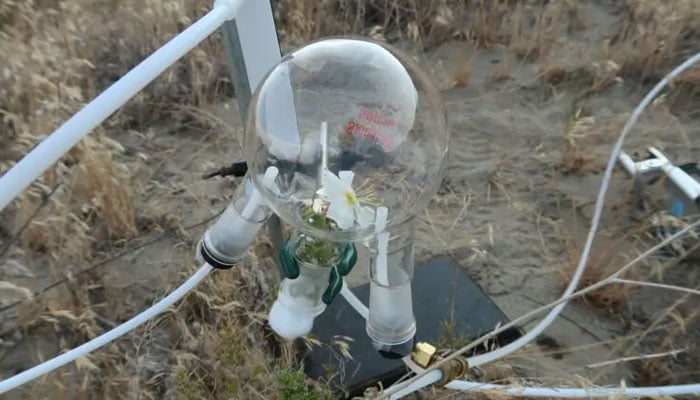Pollution changing scent of flowers, giving pollinators hard time to find them — End of life?
Researchers tested moths with dog-like super sniffers to determine their ability to locate flowers
February 12, 2024

New research indicates that airborne chemicals in fossil fuels are disrupting the pollination process, altering the smell of flowers, which is not only affecting people who enjoy smelling roses but also posing a significant threat to insects as they have a hard time locating flowers.
"Pollution from human activity is altering the chemical composition of critical scent cues, and altering it to such an extent that the pollinators can no longer recognise it and respond to it," researcher Jeff Riffell said.
Scientists at the University of Washington discovered that nitrate radicals known as NO3, originating from various energy sources, are responsible for the scent-masking phenomenon, as reported in Science.
"When you smell a rose, you're smelling a diverse bouquet composed of different types of chemicals,” Riffell added. "The same is true for almost any flower. Each has its own scent made up of a specific chemical recipe."
Researchers tested moths with dog-like super sniffers to determine their ability to locate flowers.

One moth breed was 50% less accurate, while the other couldn't find the flower source in a nighttime, urban environment.
"The NO3 is really reducing a flower's 'reach' — how far its scent can travel and attract a pollinator before it gets broken down and is undetectable," said Riffell.
The research team suggests that sunlight can reduce the power of NO3, but there's now a concern for pollinators like moths to be unable to fulfil their ecosystem duties.
Riffell noted that about 75% of over 240,000 documented flowering plants need insect intervention — and that about 70 species of pollinators are endangered or threatened.
"Our approach could serve as a roadmap for others to investigate how pollutants impact plant-pollinator interactions, and to really get at the underlying mechanisms," said researcher Joel Thornton.









